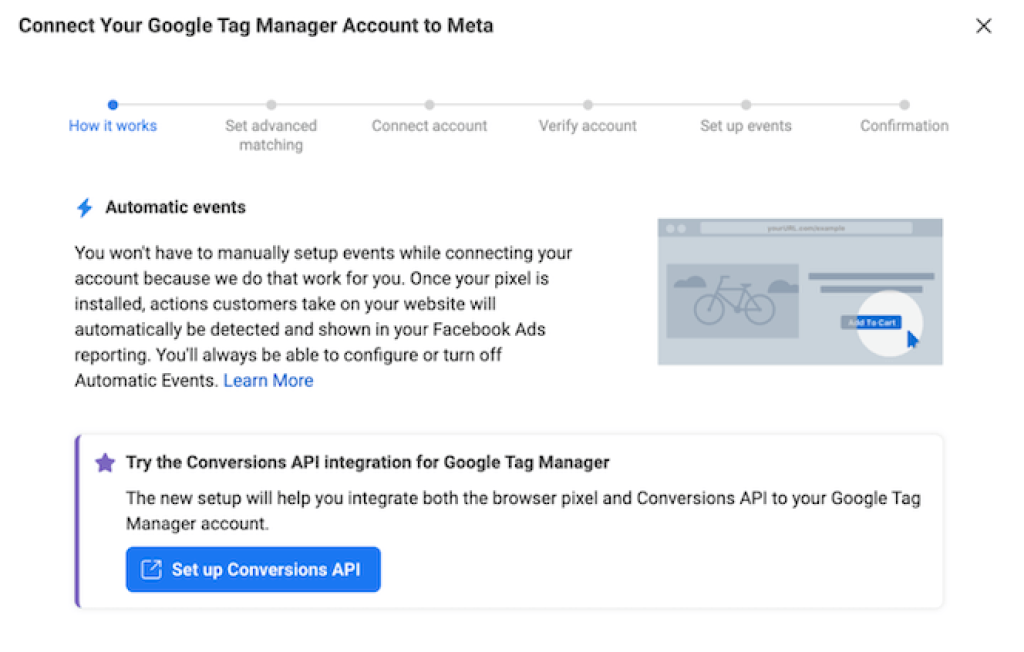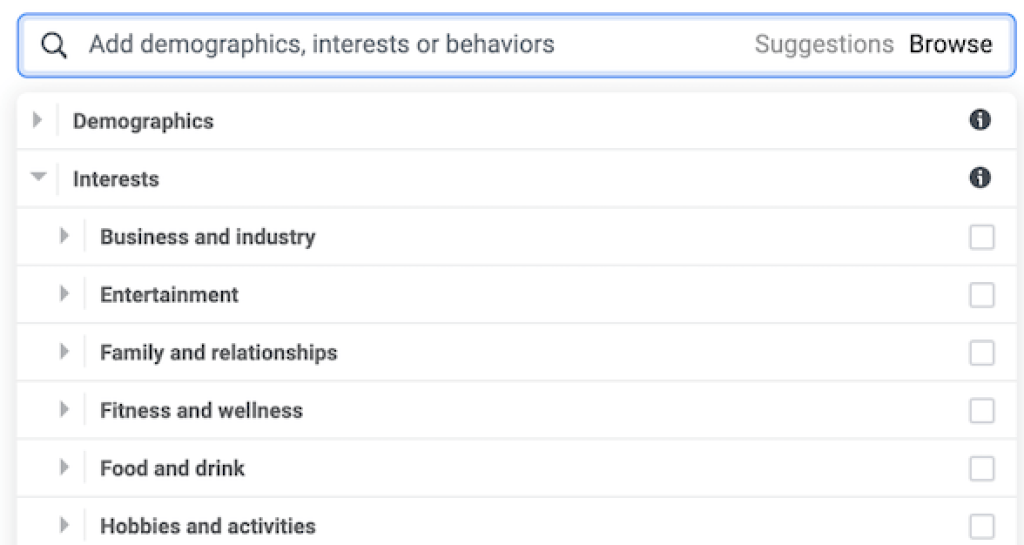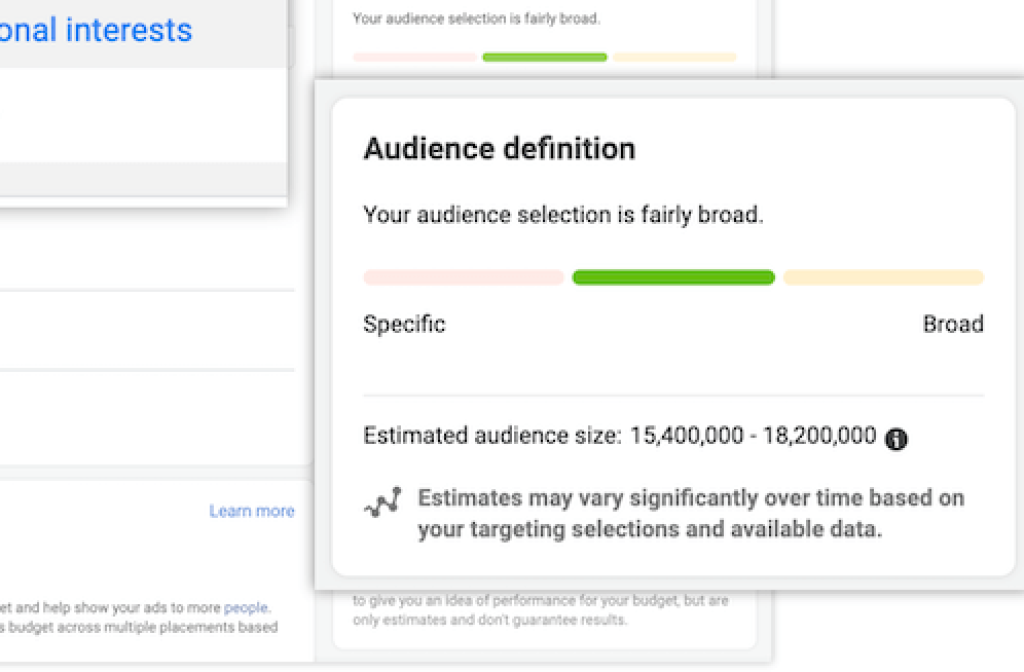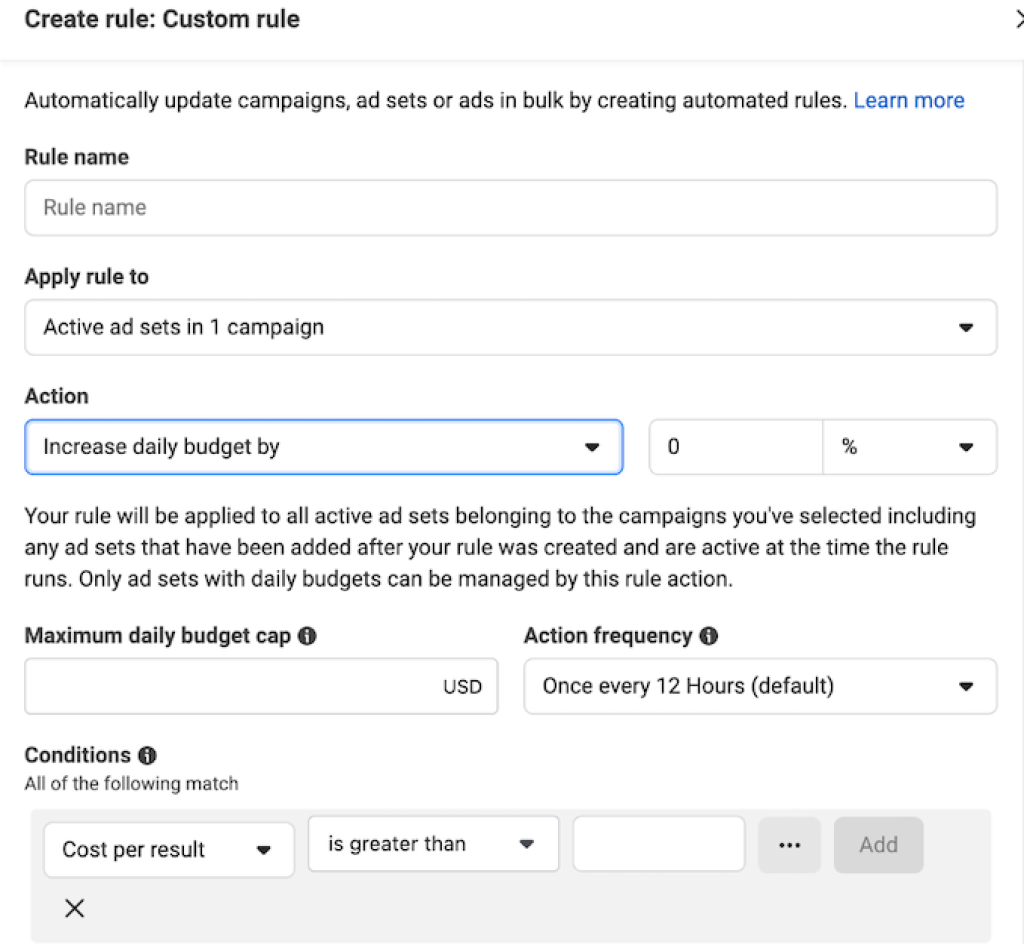
Facebook ads took a big hit from Apple’s privacy updates in the recent years, but they’re still kicking. Many marketers are still using Facebook ads as their main traffic source, so it’s crucial to know how to properly optimize you campaigns to get the most out of your ad budget.
The good news is, this post has got your back. We’re going to give you the the top 10 Facebook ads tips and tricks straight from super successful PPC marketers!
In this mix of tips and trick, you’ll find a bit of everything, some strategic moves, hands on tactics, some straightforward stuff and some pretty clever tricks. They’re all aimed at helping you maximize your profits.
1. Make A Perfect Account Structure
Here’s a crucial tip, it’s less about tweaking and more about playing by the rules. If you want your Facebook ads to actually work, don’t make the mistake of organizing your campaigns based on who you’re targeting.Let me break it down with an example: imagine you’ve got an SEO ebook tailored for small businesses. There are versions for physical therapists, interior designers, and lawyers.
Instead of creating three separate campaigns for each audience, go for one campaign for the ebook. Then, inside that campaign, set up three ad sets one for each audience. That’s how Facebook campaigns and ad sets are meant to roll.
This structure not only keeps things neat but also helps you manage and fine-tune your ads efficiently. Plus, it sets you up for scaling your efforts and offers.
2. Use Google Tag Manager to Set Up Your Pixel
Google Tag Manager isn’t just for keeping tabs on Google Ads conversions. If you’re running any kind of paid campaigns and want to track the conversions happening on your website, you’ve got to set up a tracking pixel.
While Facebook Ads Manager offers code free options through partner integrations, some of them can be a bit clunky. But, there’s one method that stands out as the easiest and that’s using Google Tag Manager.
Here’s the deal: Drop a container code from Google Tag Manager on each of your website pages. Now, instead of dealing with the hassle of adding code to every single page whenever you want to install a pixel, just link it up with GTM.

Then ake it a step further by setting up the Facebook Conversions API the same way. Due to privacy measures, it’s smart to use both the Facebook Conversions API and Meta Pixel together. This combo gives you a fuller snapshot of how your ads are doing.
Once you have the data on what actions visitors are taking post ad view and who these visitors are, you’re ready to make smart, data driven optimization. Plus, you can go ahead and retarget those who’ve paid your site a visit. It’s all about maximizing the info for better ad performance.
3. Combine all of Your Conversions
Once your pixel is good to go, it’s time to tell Facebook what conversion events you want to keeping an eye on. Take our SEO ebook scenario: you could set up a different conversion event for each ebook download.
But here’s the thing, if you go that route, when you check out the campaign level, you’ll see ‘multiple conversions.’ To find out the total conversions from the campaign, you’ll have to dive into each ad set’s data.
Now, if you create one conversion event for all ebook downloads, you can quickly see the total conversions at the campaign level. It might seem like a small detail, but it can save you time and help you make decisions on the fly.
With Aggregated Event Measurement, it’s smart to consolidate your conversions as much as you can. Sure, you can create events beyond your top eight priorities, but these won’t show up in reports if they’re triggered by iOS 14+ users who’ve opted out of Facebook tracking.
4. Choose The Right Bidding Strategy
When it comes to bidding strategies in Facebook Ads, you’ve got five options:
- Highest volume (formerly lowest cost): Great for lead generation if you’ve got your costs and conversion rates sorted out.
- Highest value: Ideal for ecommerce when you’re after purchases with a fixed conversion value.
- Cost per result (formerly cost cap): Perfect for lead generation when you have your funnel and costs mapped out.
- ROAS goal (formerly minimum ROAS): Another solid choice for ecommerce if you’re running ads with a specific return on ad spend target.
- Bid cap: Offers control over your bidding strategy.
Now, if you’re in the lead generation game and know your costs and conversion rates, go with cost per result bidding. But if you’re still figuring out your ideal cost per conversion, stick with highest volume.
For ecommerce, cost per result, ROAS goal, or highest value are your go to strategies when running ads for purchases with a set conversion value.
And hey, manual bidding is still an option. It hands you more control, but it’s not as common. Only dive into manual bidding if you’ve got a solid grip on your costs and conversion rates.
This understanding takes time, so it might be wise to kick off with automatic bidding to get a baseline.
5. Optimize For Your Objective
When you reach the ad set level of creating your Facebook ad campaign, you’ll run into the “Optimization for ad delivery” option. It might seem a bit confusing because you’ve already picked your campaign objective, right?
This setting lets you fine tune who Facebook targets within your audience settings. Generally, it’s a good move to stick with Facebook’s default option, which is usually aligned with your campaign objective.
Here are some tips:
- Awareness campaigns: Facebook defaults to reach, and that’s solid because it gets your ad in front of as many eyes as possible. Impressions are an option too but will show the same ad to the same account.
- Traffic campaigns: Facebook usually defaults to link clicks, but if accidental clicks bug you, consider switching to landing page views. Ben Heath, founder of Lead Guru, vouches for this tweak.
- Engagement campaigns: Facebook defaults to ThruPlay (15 seconds) vs. 2-second continuous video views. Stick with ThruPlay for better engagement.
- Leads and sales campaigns: Just roll with the default – conversions. It’s usually the best fit for campaigns aiming for leads and sales.

6. Apply The Fast Takeoff Method
Once you launch a Facebook ad campaign, it needs some time to gather enough data for Facebook to optimize its delivery for your goals. If you’re working with a tight budget, your ad might not get shown as frequently, making this learning phase take longer.
Go with the fast takeoff method: Start your Facebook ad campaign like normal, but set a budget higher than your actual spending target. Let it run with this boosted budget until it hits 10,000 impressions, and then scale the budget back down. This trick accelerates the learning phase and hands you data to make your own optimizations.
7. Target Similar Interests
Facebook gives you the power to get very specific with your targeting, offering detailed options for various interests.
But here’s a pro tip: rather than just focusing on an interest directly related to your product or service, get a bit creative.
For instance, if you’re selling toys, don’t just target “toys” as an interest. Instead, try aiming at people interested in children’s clothing.
Or, if you’re pushing workout equipment, consider targeting people into electronic music or healthy recipes. Think outside the box to broaden your reach.

8. Target Influencer’s Audiences
Choosing the right interests is crucial, but the size of the audience can be uncertain until you’ve made your selections. Some audiences might be too small, and others are shrinking due to privacy changes.
Here’s a workaround: do a bit of market research on the pages your followers are engaging with not necessarily direct competitors, but influencers and other brands in the same ballpark.
It’s a smart way to stay competitive in Facebook ads. Pop these findings into the detailed targeting box in your ad set, and voila, you can land a decent sized audience.

9. Optimize With Automated Rules
Running any PPC campaign requires ongoing monitoring and adjustments.
Here’s the drill:
- Keep an eye out for underperforming ads, and if they’re not cutting it after a while, hit pause.
- Tweak your campaign budget – up or down – when it hits a specific threshold of clicks or conversions.
- Amp up your bid if your campaign seems to be dragging its feet.
Now, here’s where it gets slick, in Facebook Ads Manager, you can set up automated rules. This means you can program Facebook to keep tabs on these metrics for you and take action accordingly.
It’s like having a little assistant to handle the nitty-gritty while you focus on the big picture.

BUT, absolutely, no “set it and forget it” mindset here! While automated rules can be a lifesaver, don’t kick back and relax entirely.
Light monitoring and maintenance are still on the agenda. Automation is a handy assistant, not a replacement for your watchful eye. Stay in the loop and keep things on track.
10. Go With A Full Funnel
Investing in a top of funnel Facebook ad campaign is great, but it’s a missed opportunity if you don’t guide those leads through the full funnel to convert them into actual money.
Sure, you could go the route of running a traffic campaign, collecting email addresses on your site, and then nurturing them through an email series. But why not use additional Facebook ad campaigns to keep nurturing these audiences?
After running an awareness or traffic campaign, create a remarketing list of users who engaged with those campaigns. Later, target them with ads using the leads or sales objective.
Facebook offers objectives across the funnel for a reason take advantage of it. Keep the momentum going and lead those potential customers towards action.
Conclusion
In conclusion, mastering Facebook advertising requires a strategic blend of creativity and data driven decision making. From optimizing ad structures to leveraging powerful targeting options, we’ve explored various tactics to enhance your campaigns.
Remember, it’s not just about running ads but about intelligently guiding your audience through the entire funnel. Whether you’re opotimizing your bidding strategies, experimenting with different ad objectives, or utilizing the potential of automated rules, the key lies in staying adaptable and vigilant.
With Facebook’s diverse set of tools and features, advertisers have the means to craft compelling narratives, reach the right audience, and drive tangible results. So, go ahead, implement these tips, keep refining your approach.






